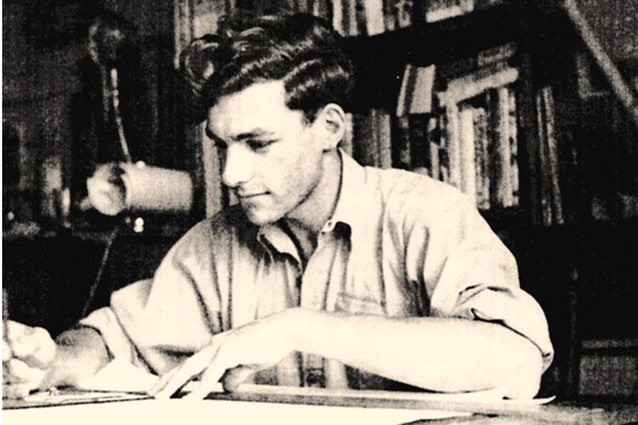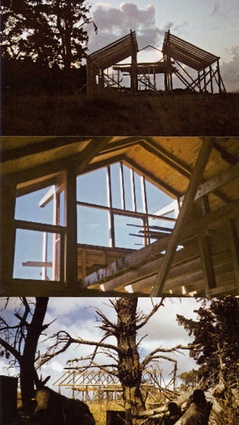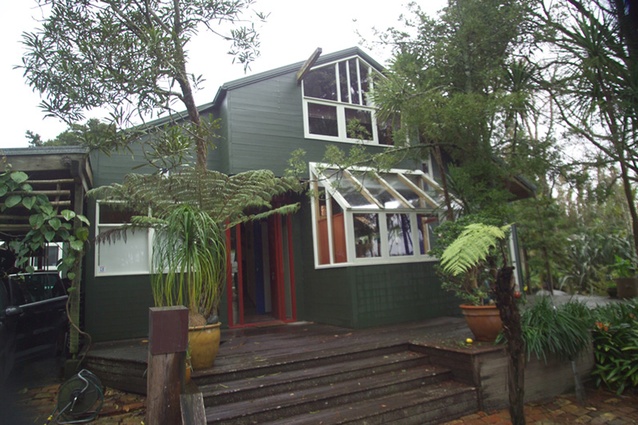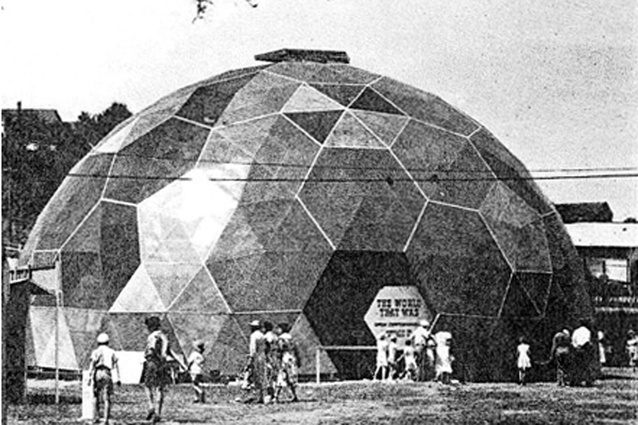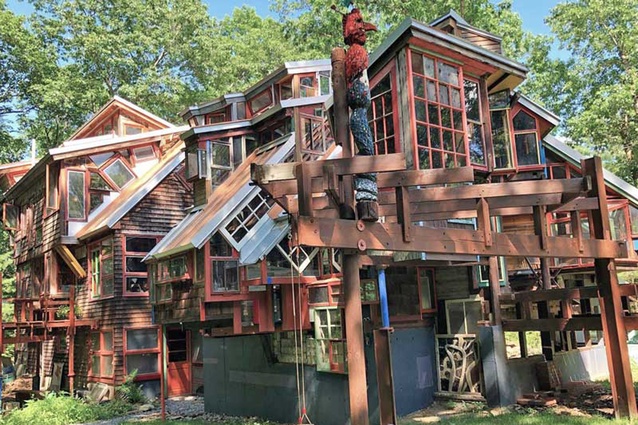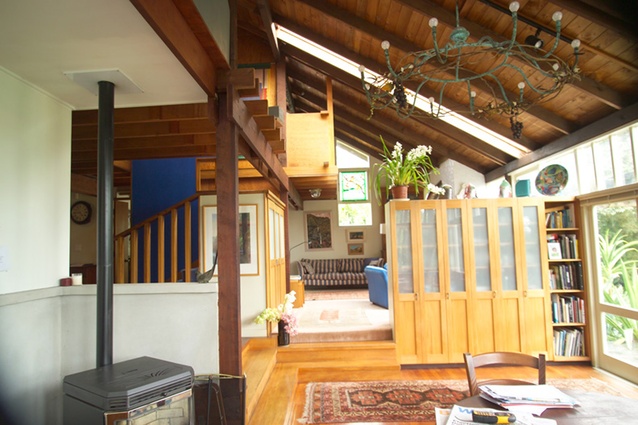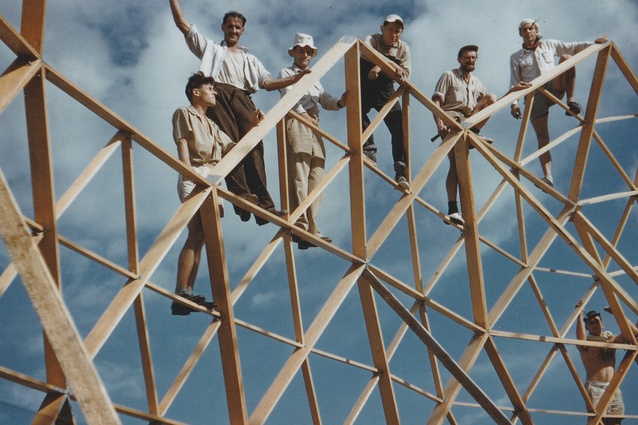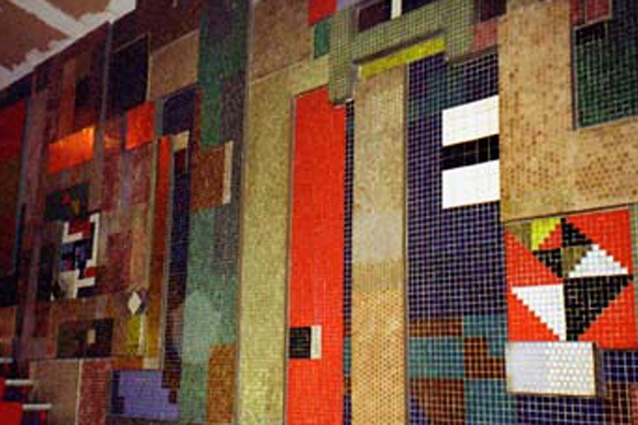Obituary: Maurice K Smith
When I heard that Maurice Smith (September 1926 – December 2020) had died at his home on Cleaves Hill Road, Harvard, at the age of 94, I was filled with a deep sadness for this remarkable architect and his rich life in the USA, teaching generations of young architects while hardly known in his birth country of New Zealand.
As a young college student in the summer of 1955, I passed out programmes at his remarkable geodesic dome at the Auckland Birthday Carnival at Western Springs. I listened as Maurice and a group of architects talked about how this was the forerunner of the way we would live in the 21st century and beyond. I never thought that, just over a decade later, I would be the owner of the house that he and his brother had crafted in the foothills of the Waitākere Ranges and would spend the next 52 years enjoying it.
Maurice’s dome inspired me, as did Maurice and his enthusiasm for this remarkable 60-foot hemisphere of beautiful wooden hexagons and pentagons sheathed in plywood and fibreglass. It brought to New Zealand American design technology and futuristic thinking of the yet-to-be-recognised scientist, philosopher and architect Richard Buckminster Fuller.
It was Fuller who came up with the brilliant geodesic dome idea, saying it would revolutionise life on this planet, based on the mathematical division of a sphere’s surface into triangles. The Western Springs Dome followed the Woods Hole, Massachusetts, prototype, on which Maurice had worked as a Fulbright Scholar. Maurice had been working on the Western Springs Dome for over a year with associate Ivan Tarulevlcz and it was erected with the help of friends and architectural students. It was pre-cut in clear Oregon timber using only two sizes and I remember it to be beautifully light, airy and smelling of cut grass. The 60 hexagon panels, each 10 feet across, allowed the light to stream through as cathedral windows would.
Inside, were platforms with futuristic furniture settings – Scandinavian-style couches and lamps – and a profusion of plants and some simply bizarre concrete dinosaurs. The dome attracted 250,000 visitors over three years and would later host the visiting Harlem Globetrotters basketball team.
My first job after leaving school was with Kerridge Odeon in Queen Street, where I became a projectionist in 1957. In my lunch breaks, I would watch Maurice supervising the most beautiful mosaic feature wall at the Odeon Theatre, which was joined to the St James and would become a showcase for that organisation. This glorious wall of small, multicoloured Italian tiles echoed his remarkable design and artistic skills that went beyond architecture. He remembered me from the dome and this came together in 1968 when, upon the recommendation of an architectural friend, I drove up a rickety drive to meet him again in the Waitkere house.
He welcomed me in to a very dilapidated and sadly unloved house that he had built in 1952 for his brother. We talked about the dome, his work and his belief that being part of architecture was a living, exciting and totally absorbing experience. He told me that the house was an experimental barn and asked if I would be comfortable in a structure with few walls, no decks and minimal heating. I couldn’t think of any place I’d rather live and Maurice agreed to sell me the house, taking $25 as a deposit and warning that I would pay $25 a week for the rest of my life. I married a year later and have lived there with my wife and five children ever since.
The house has linked my life with Maurice. It may not be a dome but its sense of space and light are characteristic of this remarkable mind.

